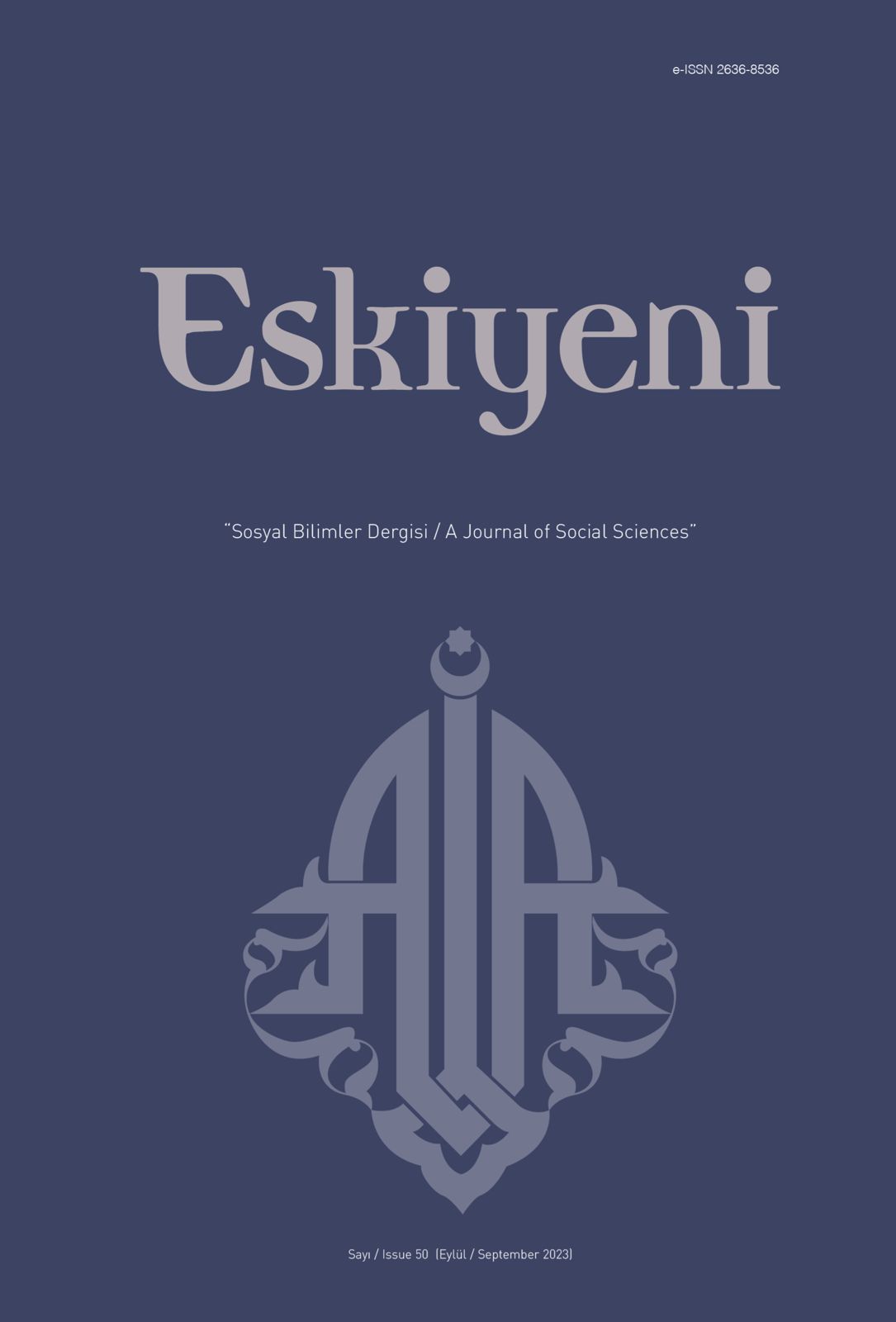İbnü’l-Arabî’de Vâv Harfi ve Berzahlık Özelliği
The Letter Wāw and Its Barzakh Feature in Ibn al-’Arabī
Author(s): Ayşe Mine AkarSubject(s): Philosophy, Theology and Religion, Islam studies
Published by: Anadolu İlahiyat Akademisi
Keywords: Tasawwuf; Ibn al-’Arabī; Barzakh; Ḥarf; Wāw;
Summary/Abstract: The concept of barzakh is used for things that distinguish between two things/situations/levels in the thought of Ibn al-’Arabī and carry some characteristics of both, as well as the meaning of "life in the grave" which is widely known in the literature of Islamic sciences. This use of Ibn al-’Arabī is not limited, according to the scholars it is impossible to identify the barzakhs that unite and separate (jāmī and fāsıl) in his works because they are quite numerous. This original structure of the concept of barzakh in Ibn al-’Arabī makes it easier for us to understand his views. One of the things that Ibn al-’Arabī describes as barzakh is the letter wāw. Ibn al-’Arabī ‘s attributing a barzakh function to the letter wāw is based on two reasons: Firstly, the fact that a letter is barzakh not only in the literal context, but in such a way that performs an ontological task is directly related to the ontological functions that Ibn al-’Arabī ascribes to the letters. Secondly, the barzakh of this letter is due to its phonetic, morphological and syntactic features. In our study, first of all, the concept of barzakh and Ibn al-Arabi’s thought of barzakh were discussed, then it is mentioned that the ontological character of the letters, the pronunciation of the letter wāw, its position in the word or sentence, its function as a barzakh with these states and which other entities it corresponds to in Ibn al-’Arabī’s metaphysical system. In this context, it is seen that the letter wāw is in the middle of the word ‘kun’, which brings the possible beings into existence. There is also a wāw between the last letter of the word kun, nūn, which shows that there is a separation between the realms of visible and the unseen. If the universe is a sign that is both a veil for Allah and points to Him, it is not a coincidence that the number of days in which it was created, 6, is the abjad equivalent of wāw. Wāw also symbolizes the perfect human being in many respects and the perfect human being is a barzakh between Allah and other people. According to some scholars, the division of Futūhāt into six main parts is due to the fact that the number of directions and days of creation is six, or the similarity between the wāw’s symbolization of the perfect human being and the comprehensiveness of the work. Likewise, Ḥaqīqat al-Muḥammadiyya has an intermediate feature, and in this respect, it also characterizes the Muḥammadan truth.
Journal: Eskiyeni
- Issue Year: 2023
- Issue No: 50
- Page Range: 819-839
- Page Count: 21
- Language: Turkish

